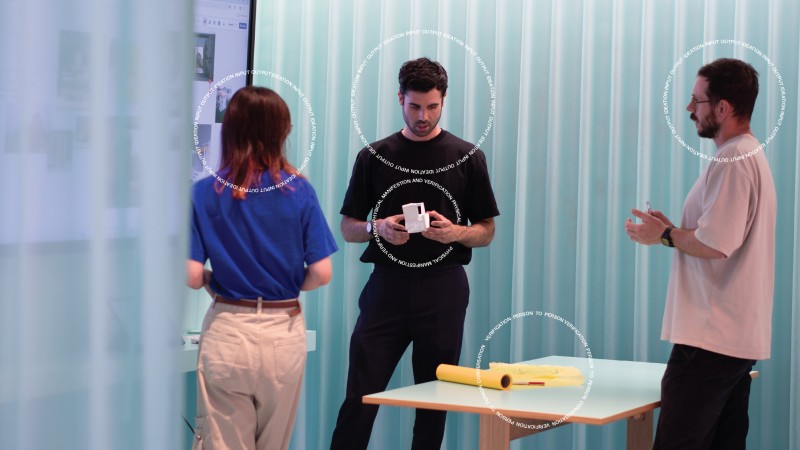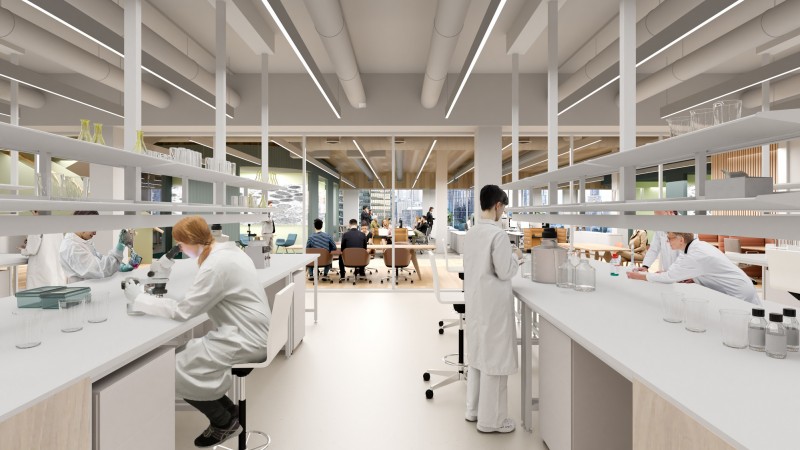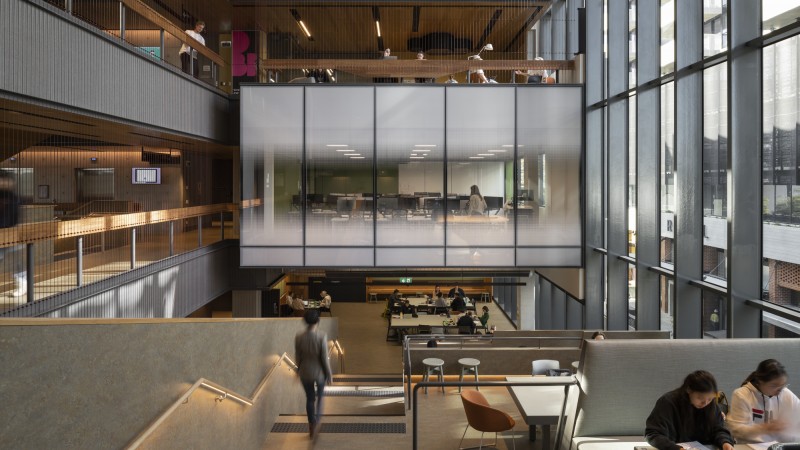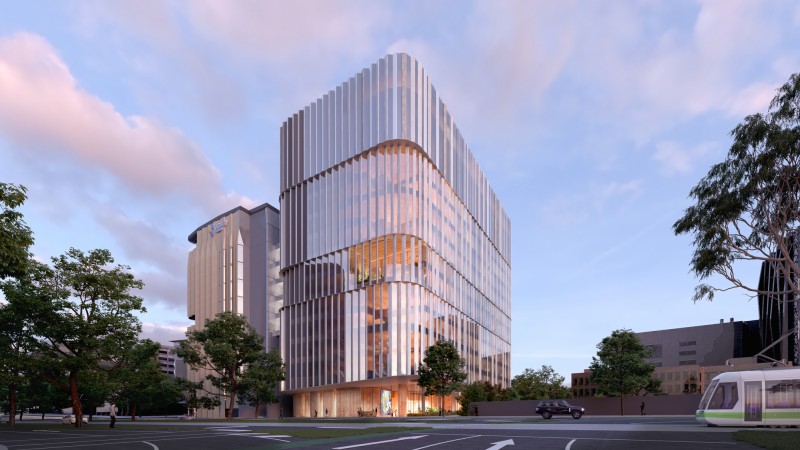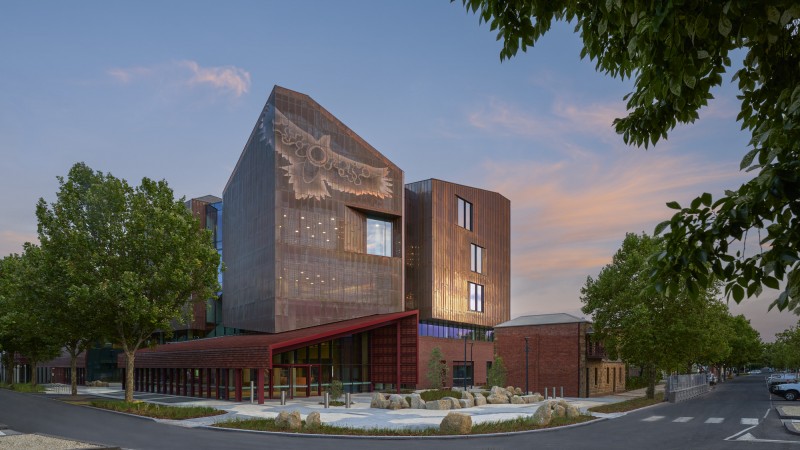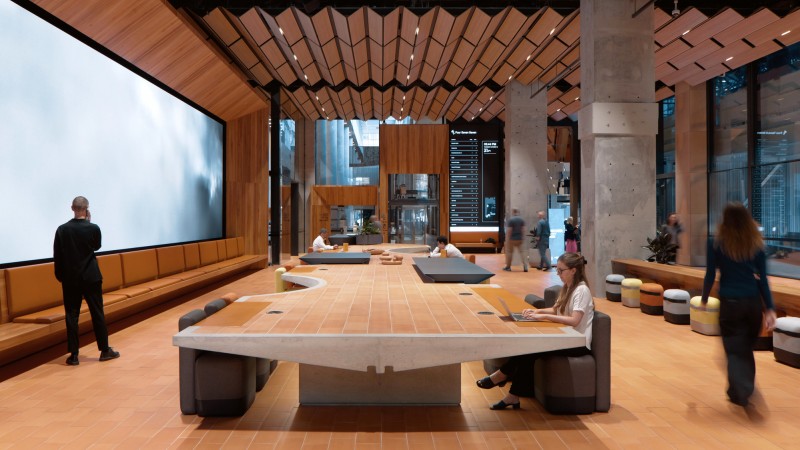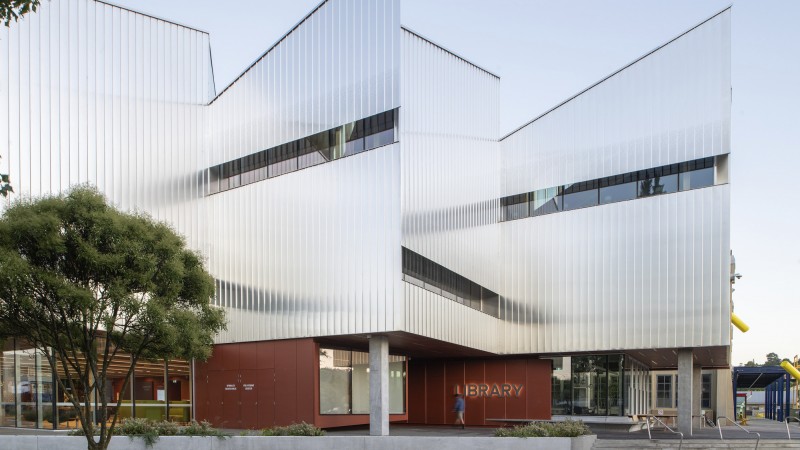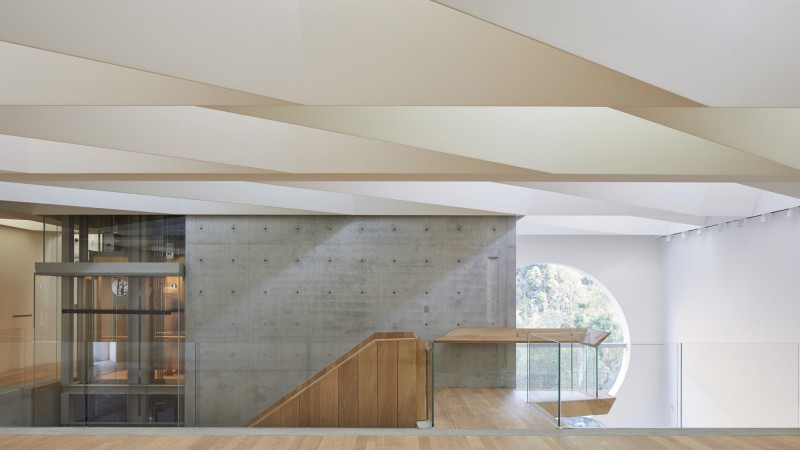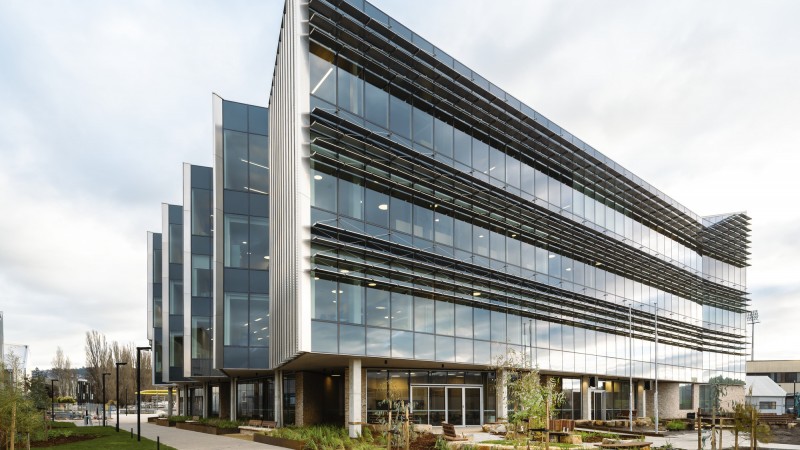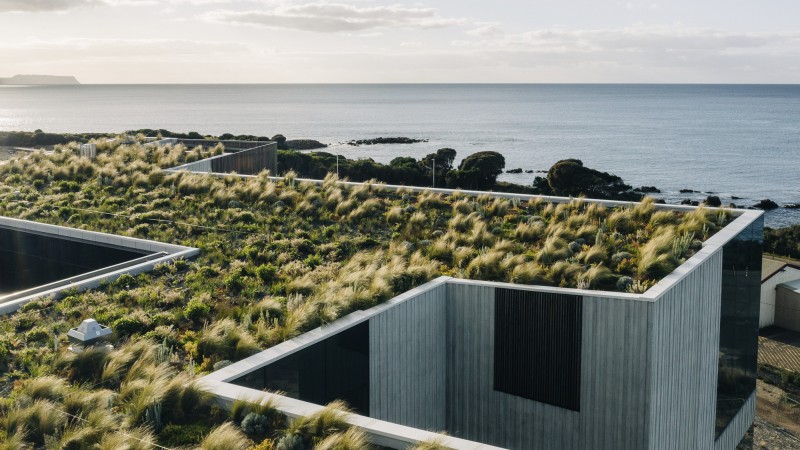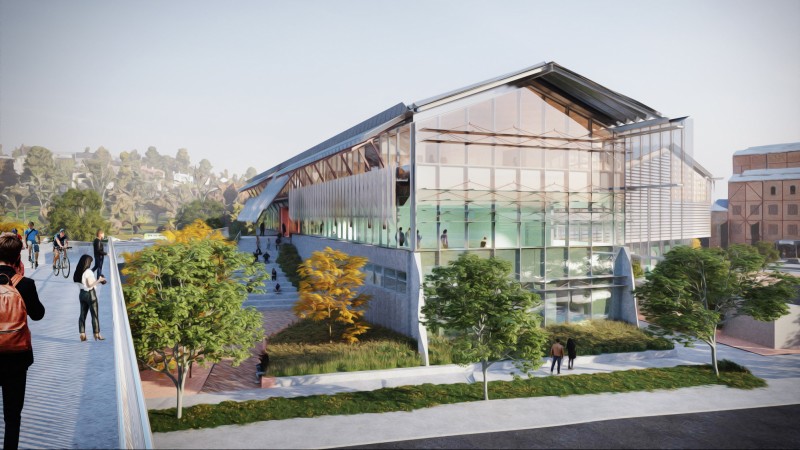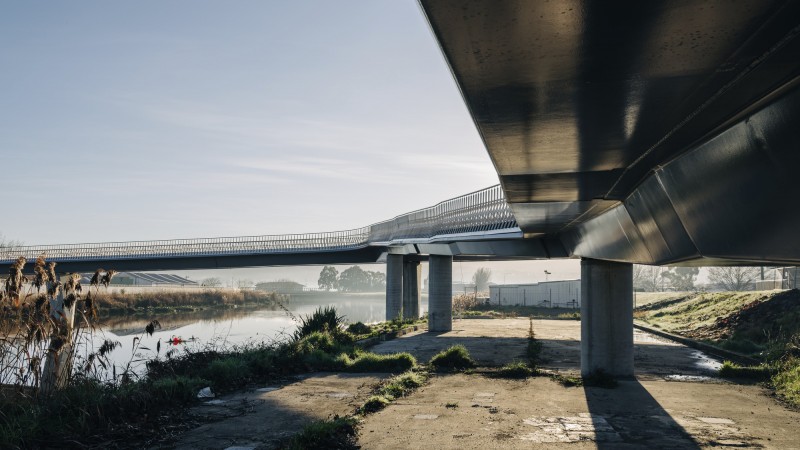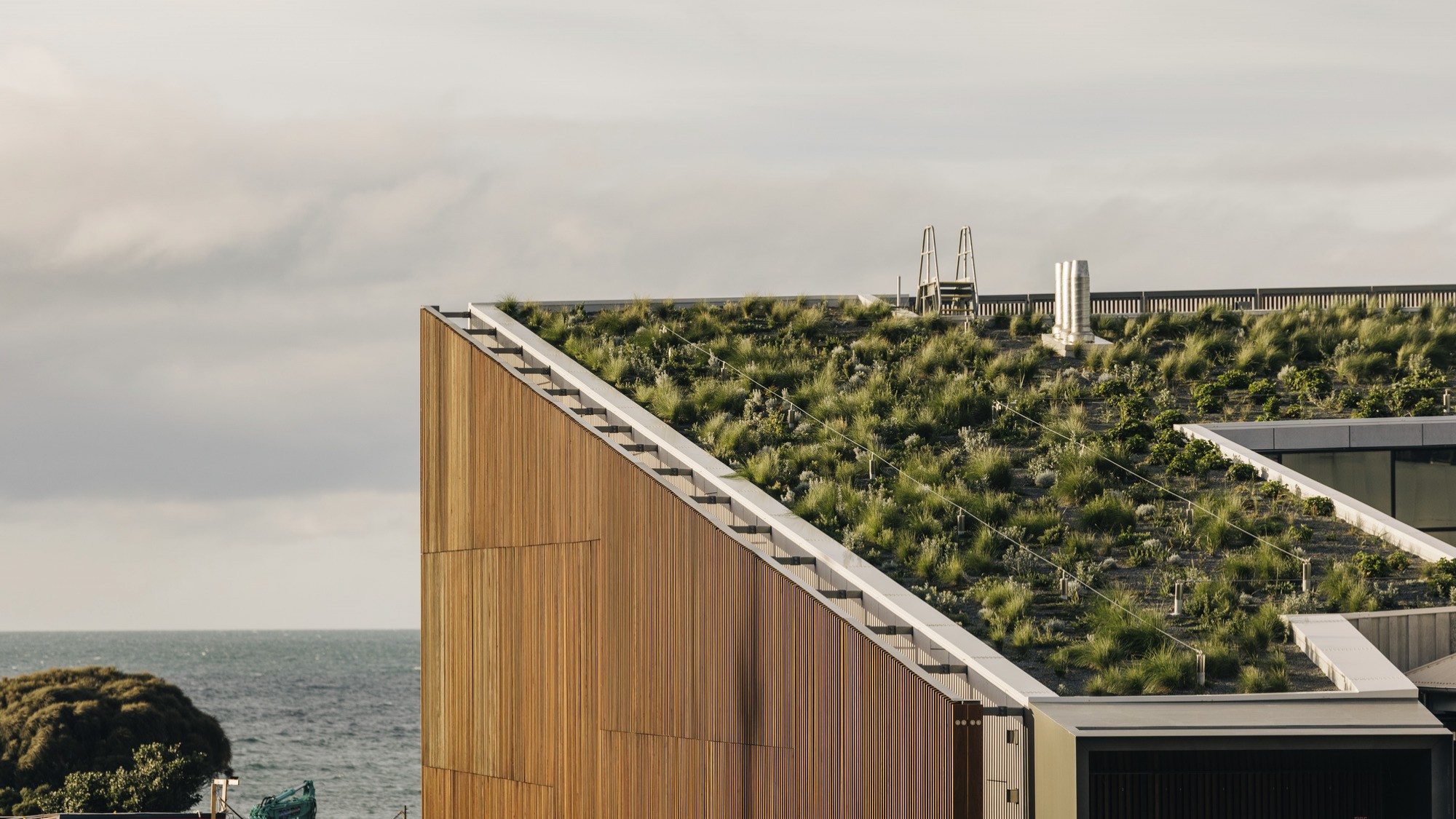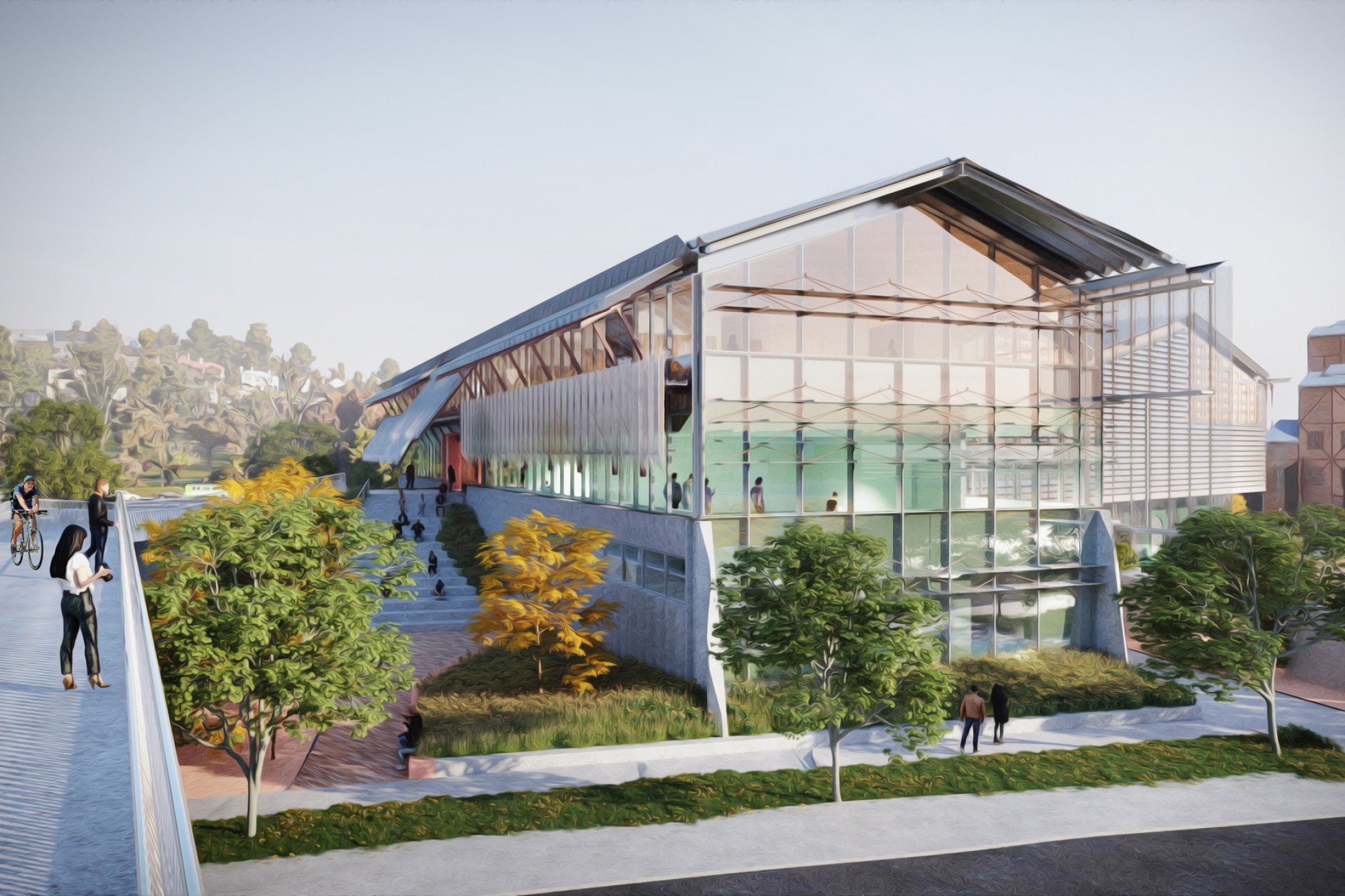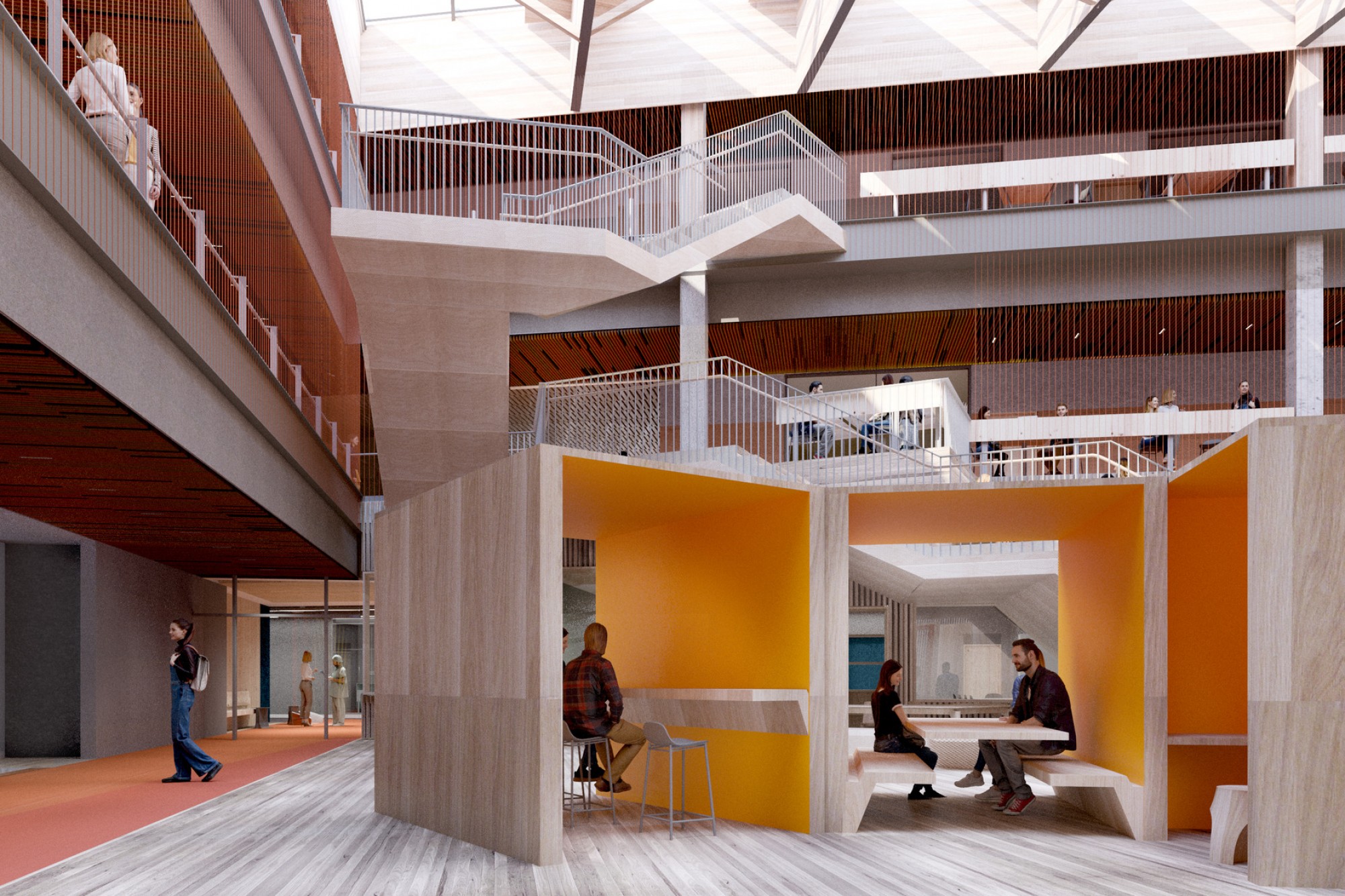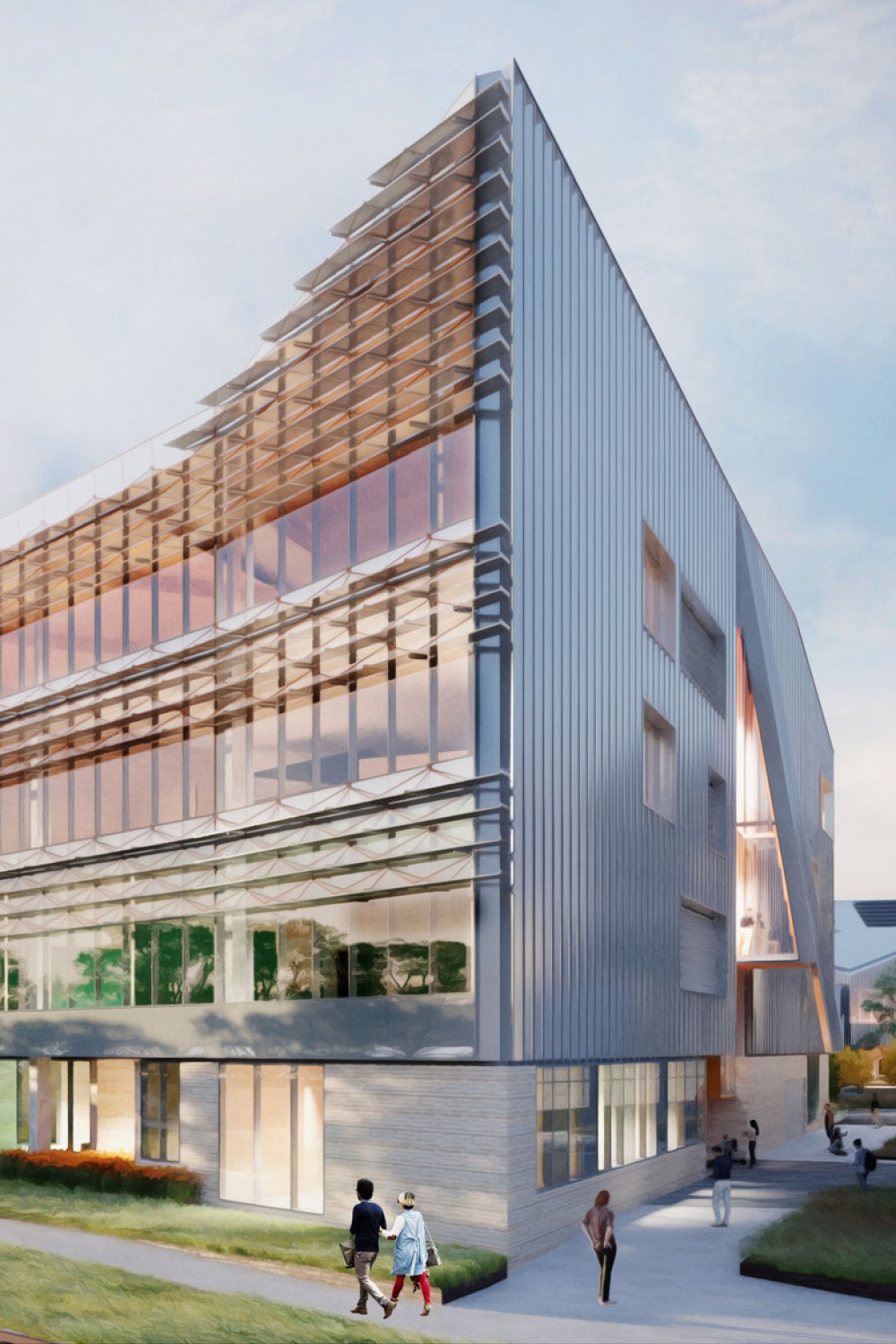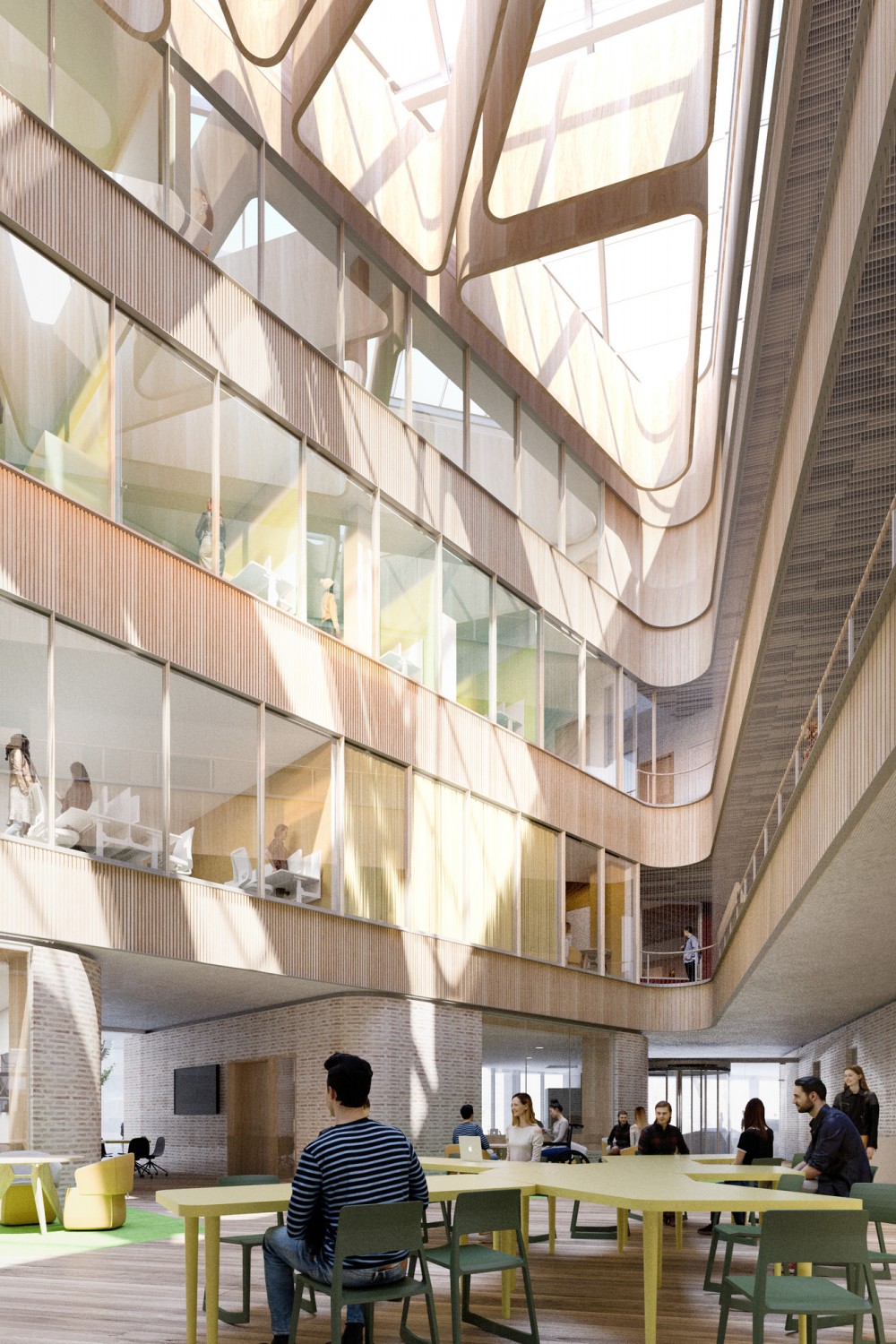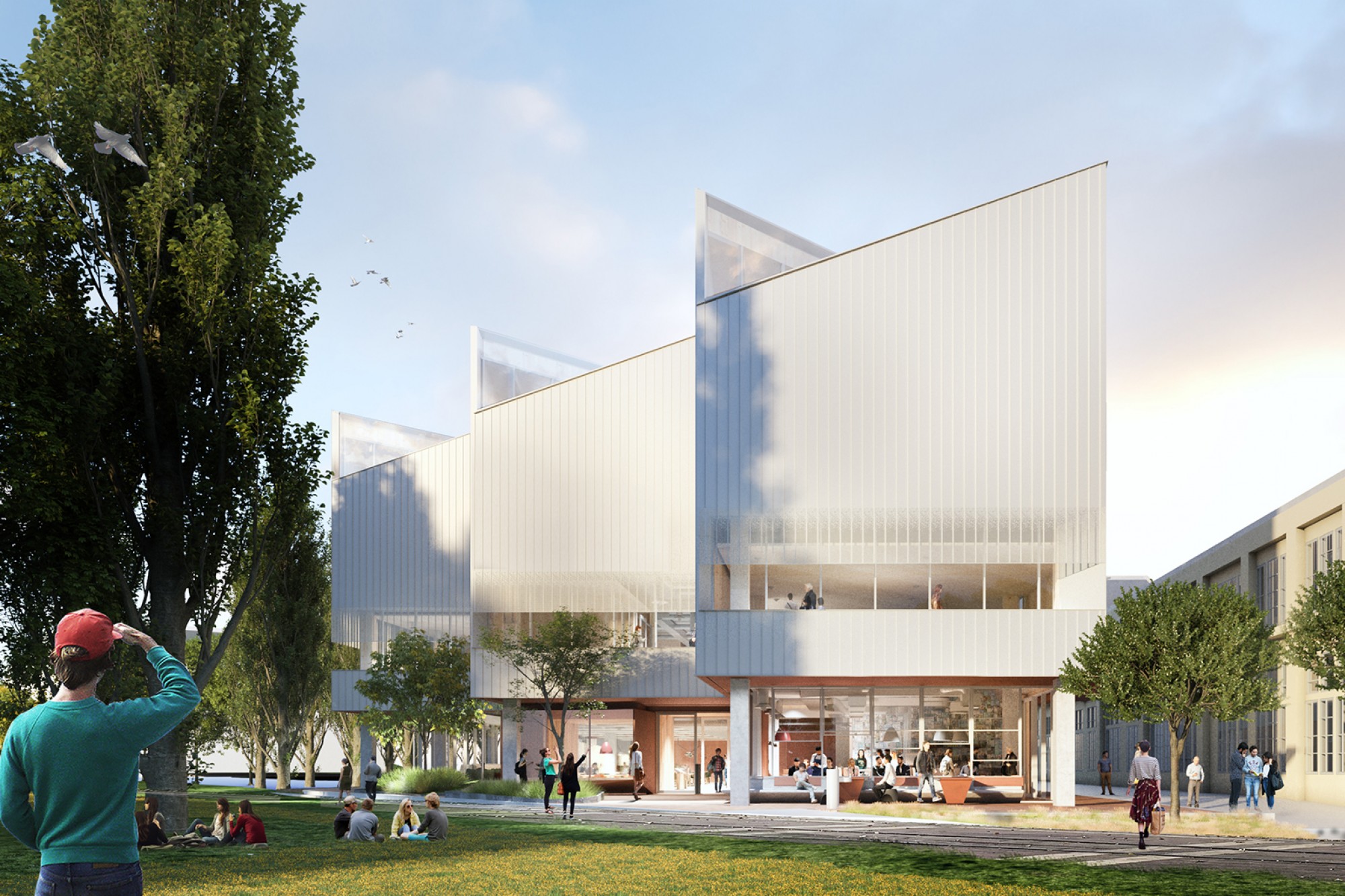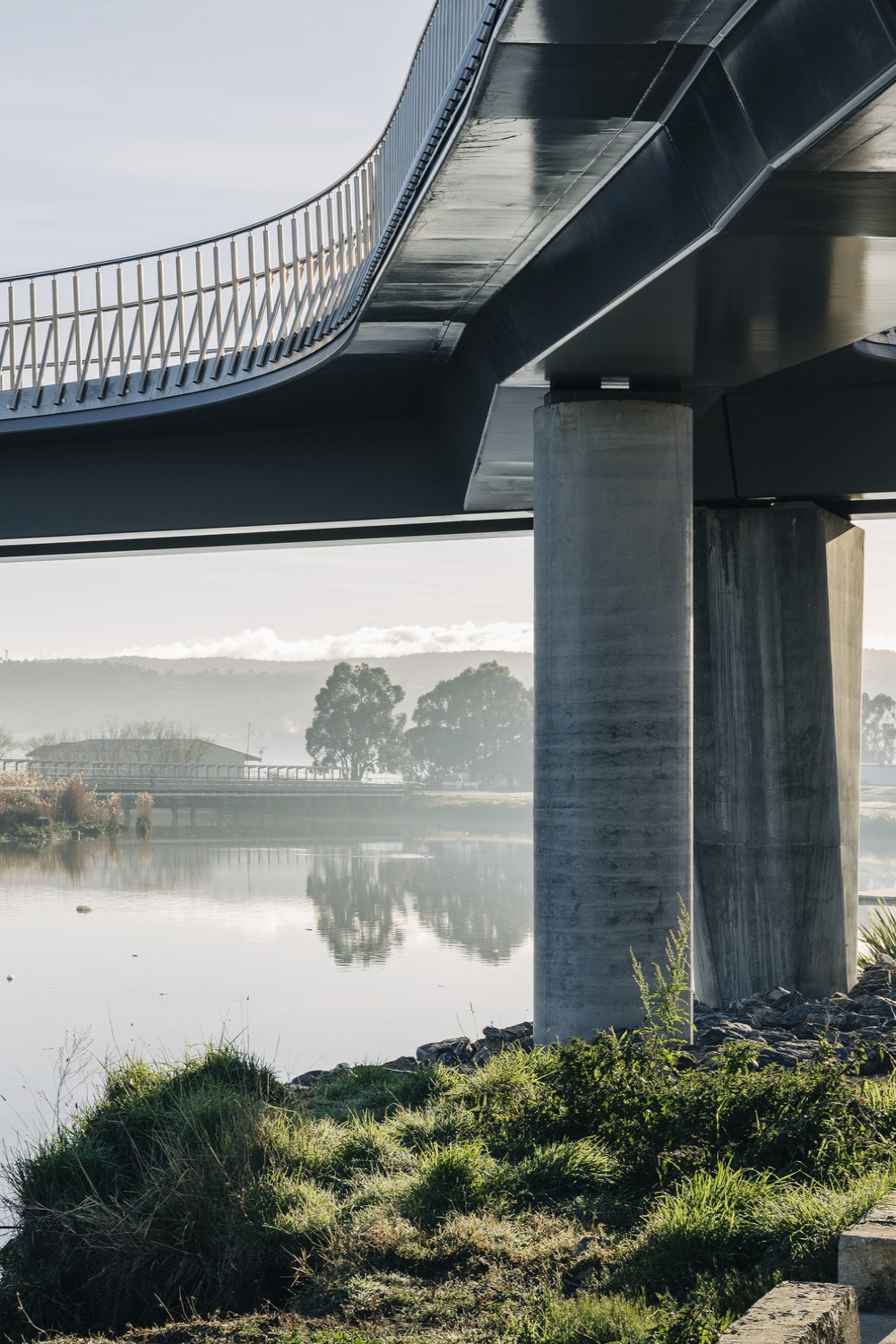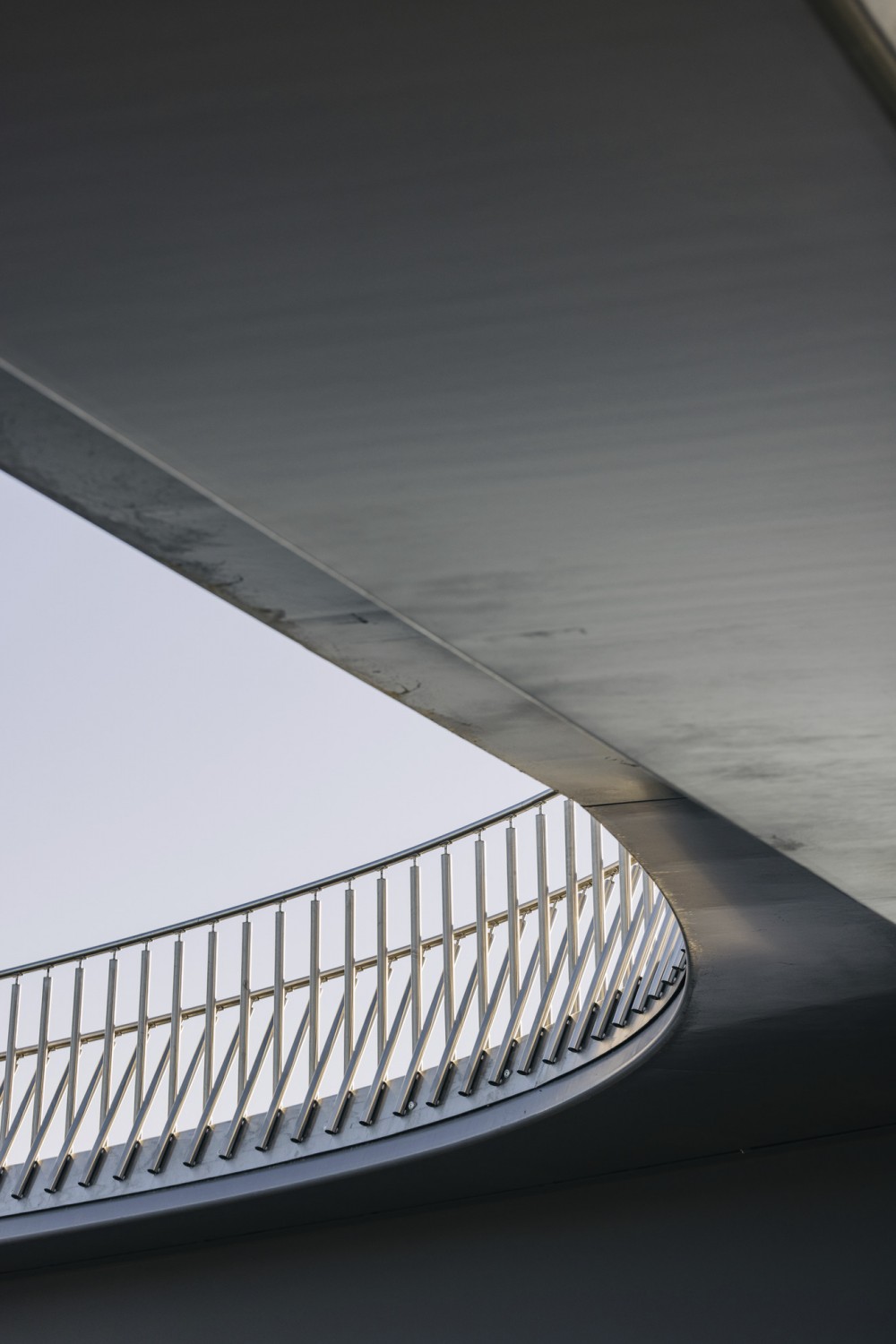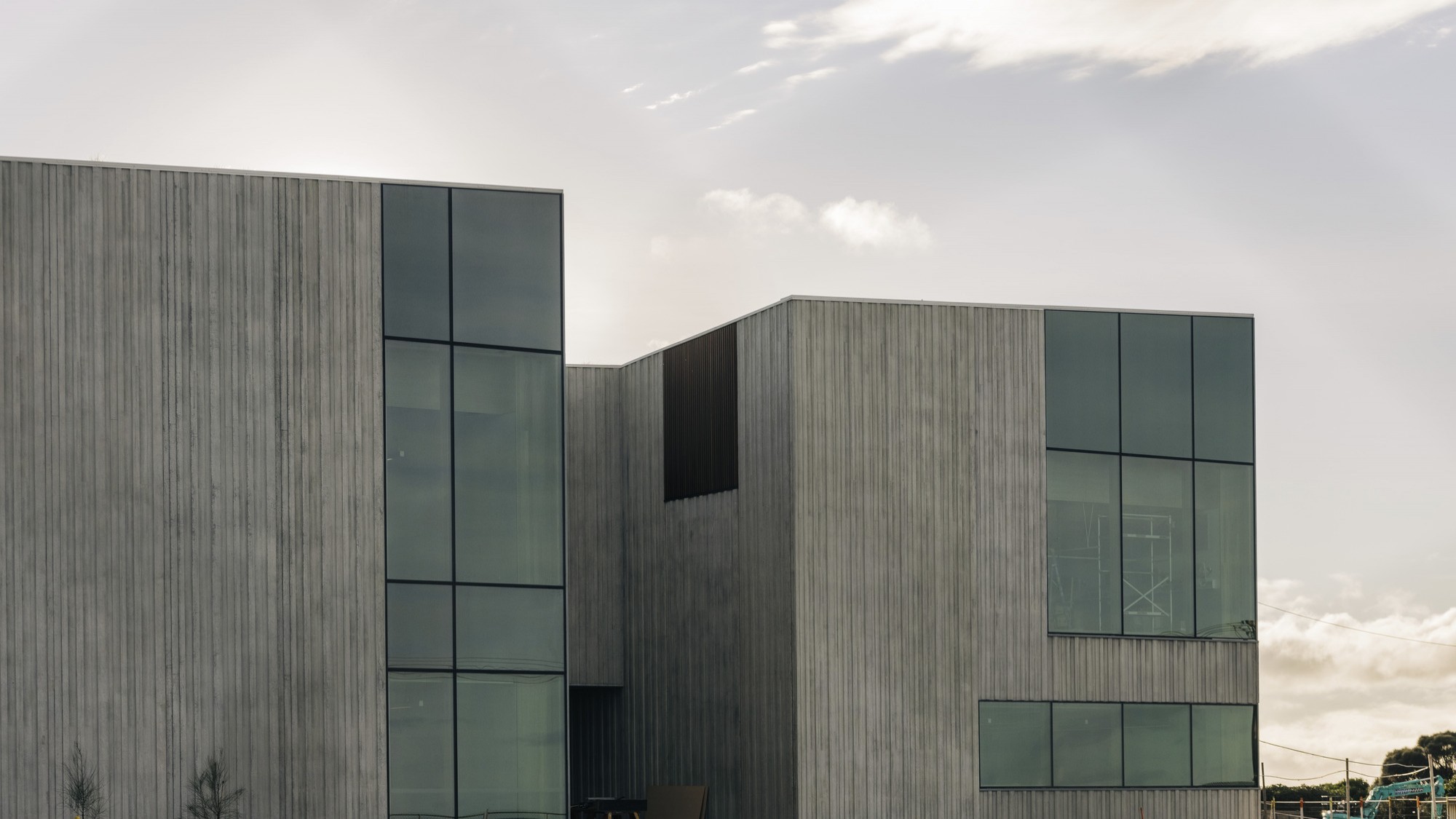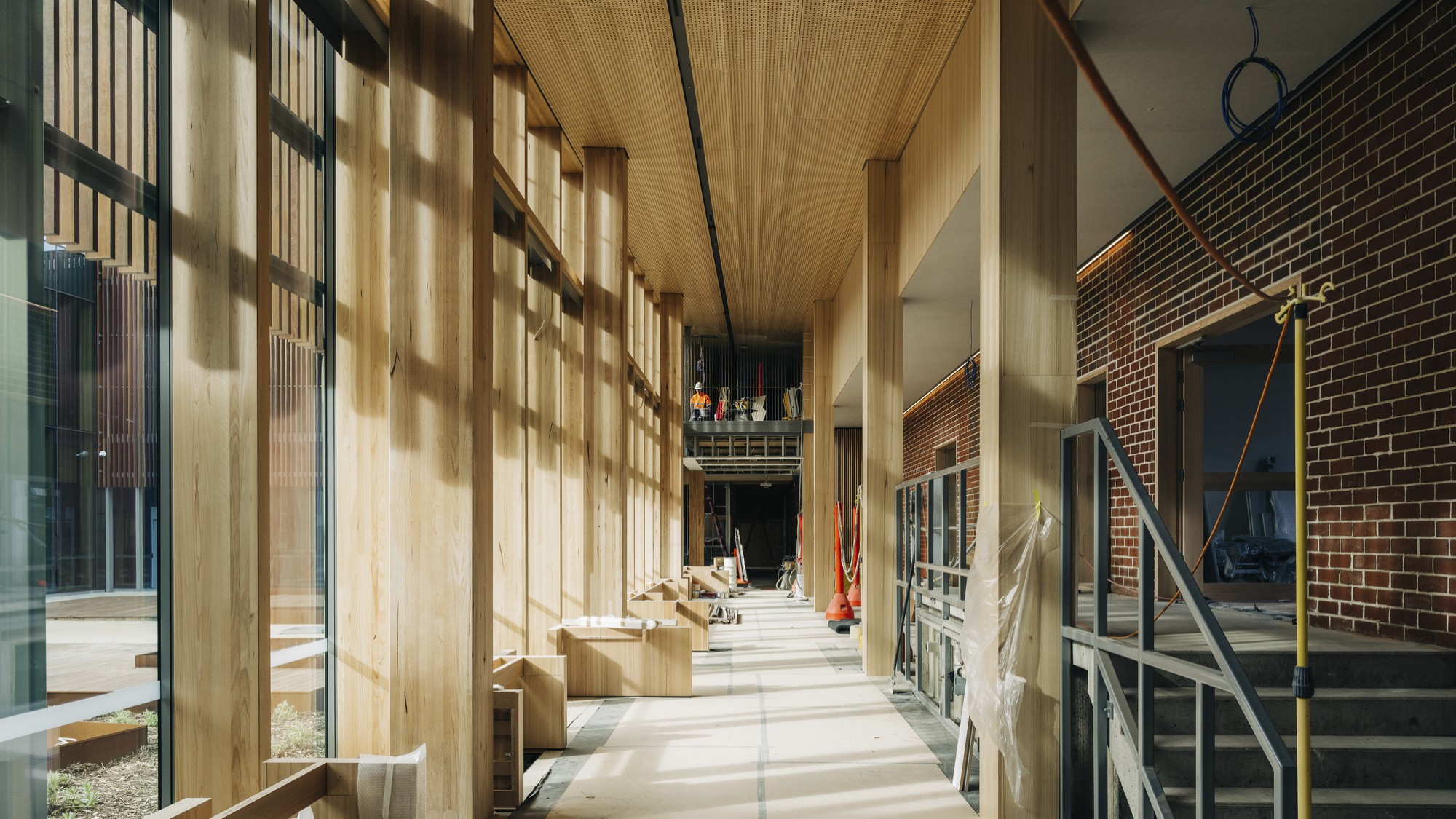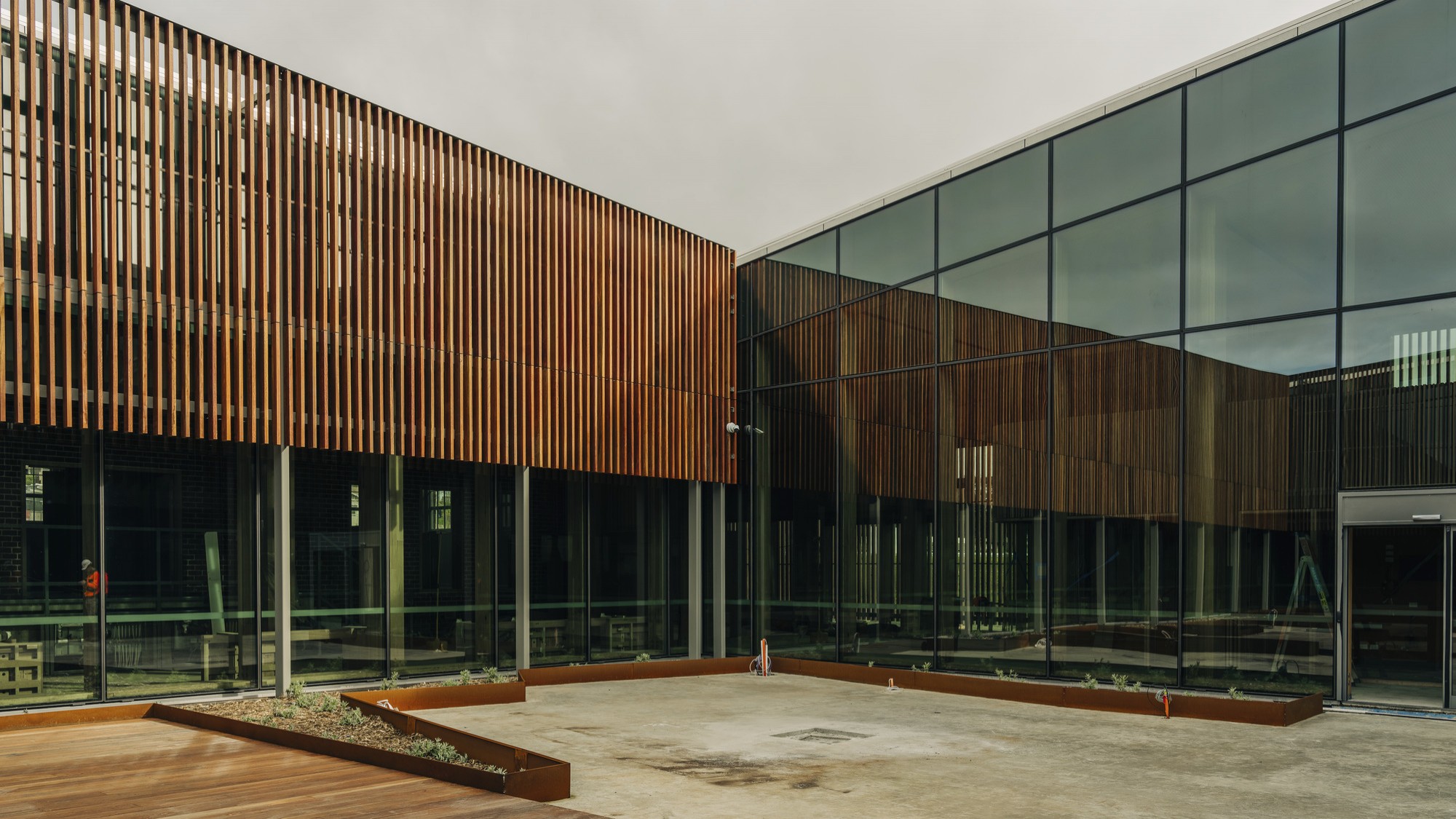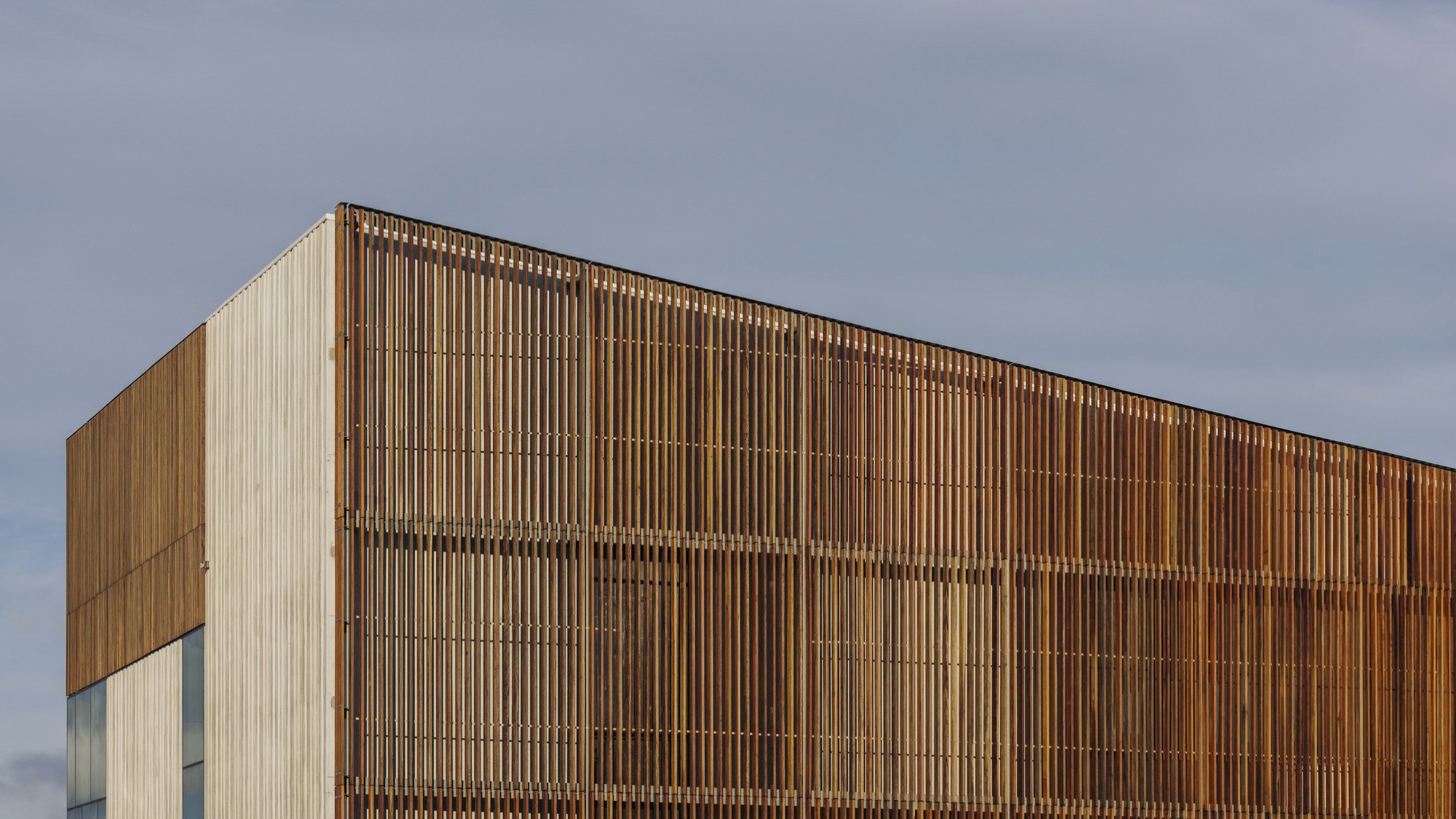For the past three years we’ve been working across an exciting fleet of five projects for the University of Tasmania. With Cradle Coast campus recently opened in Burnie, we’ve been reflecting on the research and innovations that have sprung from this commission.
One of the most rewarding has been in sustainability, where initiatives championed by ambitious Vice-Chancellor Professor Rufus Black will see the delivery of low-carbon buildings across two campuses. As construction of the latest two buildings commences, we’re positioned to reduce their carbon footprint by 30-35%. Designing for a circular economy, our research examined the origins, utilisation, assembly, eventual dismantling and potential reuse of materials to evaluate total carbon utilisation.
The $362M Northern Transformation Project includes new campuses in Burnie and Launceston in a partnership between the University and local, state and Australian governments.
